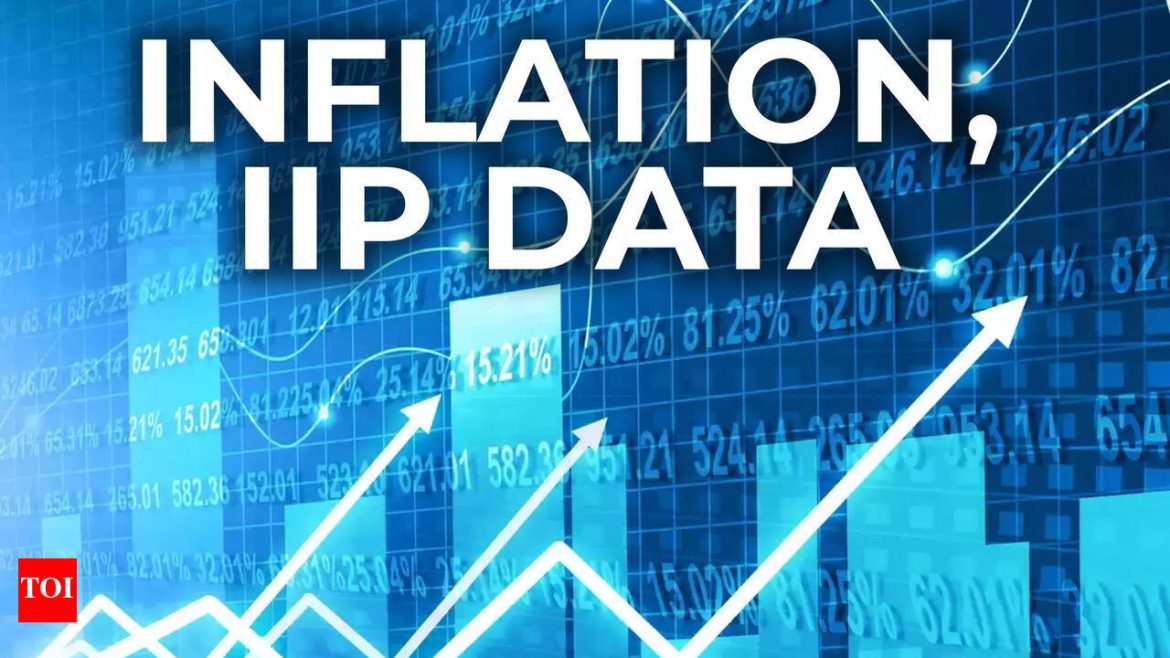

The consumer price index report for September set to release on Friday will capture the full focus of financial markets, although some investors may approach the data with skepticism.
Given that the Bureau of Labor Statistics is already facing scrutiny this year regarding its vast array of data reports, the ongoing government shutdown in Washington, D.C., will only amplify concerns from certain sectors of Wall Street about whether the inflation figures will provide a complete view.
“Skeptics like me are going to concentrate on the integrity of this data,” stated Vishal Khanduja, head of broad markets fixed income at Morgan Stanley Investment Management. “What adjustments were made due to the absence of full personnel staffing? What modifications occurred prior to the data being published?”
Indeed, the BLS has encountered numerous inquiries regarding its data gathering methods this year. President Donald Trump in August, outraged by significant downward revisions in nonfarm payroll data, terminated former BLS Commissioner Erika McEntarfer.
While still viewed as part of the “gold standard” for U.S. economic data collection, the BLS has faced criticism for its notably analog methodology, which consists of in-person visits, phone inquiries, and written response forms.
The agency is additionally challenged by staffing reductions — prior to the shutdown — and has ceased collection efforts in several cities. It is now attempting to compile a crucial inflation report with most government operations halted and the risk of incomplete sample data.
Because of these factors, Khanduja believes investors should exercise caution regarding the level of significance they assign to the CPI data.
“The validity and precision of data — there will definitely be some skepticism from my perspective, and I anticipate the market will share that sentiment,” he remarked.
Diminished expectations
Despite the uncertainty surrounding the data, economists do not anticipate any surprising outcomes from the actual figures.
The Dow Jones consensus predicts the CPI report will indicate annual inflation levels at 3.1% for both the headline, or all-items, measure and the core, which excludes food and energy. Economists forecast a monthly increase of 0.4% for the headline and 0.3% for the core, consistent with the gains observed in August.
This report’s heightened significance stems from the fact that all other data collections and releases have been paused during the shutdown. The reason for recalling BLS staff is that the CPI report is utilized to adjust Social Security cost-of-living allowances.
Thus, aside from this, there are no other releases, leaving both investors and Federal Reserve policymakers operating without data. This absence poses various challenges and additional issues for agencies like the BLS.
“As the shutdown seems poised to extend into November, it is uncertain how the BLS will manage an unprecedented lack of real-time data collections,” Citigroup economist Veronica Clark noted in a memorandum. “November data collections are also increasingly likely to be impacted. We will be attentive to any guidance regarding October CPI collections accompanying Friday’s September report.”
Meanwhile, the Fed is convening next week, with market expectations leaning toward a reduction of a quarter percentage point in the overnight borrowing rate, likely to be followed by another cut in December. Current Fed funds are at 4.00% to 4.25%.
However, significant uncertainty looms over what may unfold in 2026 and beyond. Trump seeks substantially lower rates and will likely propose a candidate next year to succeed Chair Jerome Powell aligned with that ideology.
With a scarcity of reliable data, though, shaping policy will present challenges.
“I don’t anticipate we will gain much insight from this [CPI] data that isn’t already visible,” Mike Wilson, chief investment officer at Morgan Stanley, stated Tuesday on CNBC. “I believe it will provide the Fed with justification to implement what I think is necessary, which is a more substantial rate cut. To me, that [is] the risk, that we may not acquire the data that enables the Fed to cut meaningfully.”

